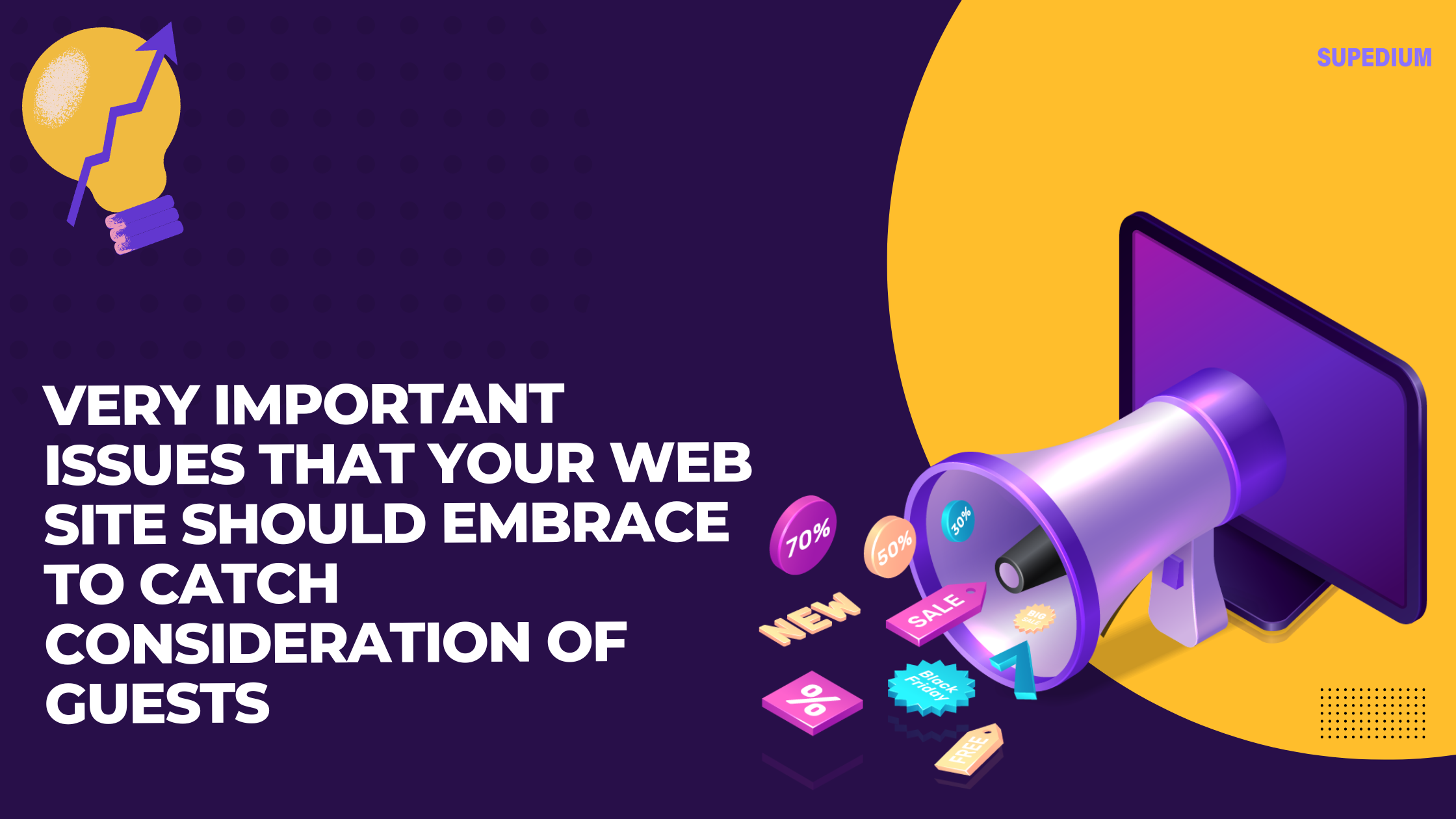Table of Contents
![]()
A dispersed denial-of-service (DDoS) attack is among the most Weapons on the internet. When you hear about a website being “brought down by hackers,” it generally means it has become a victim of a DDoS attack. In summary, this means that hackers have tried to create a website or computer inaccessible by flood or crashing the website with traffic.
Which are dispersed denial-of-service attacks (DDoS)?
Strikes target websites and online services. The intention is to overwhelm them than the network or the server can adapt. The purpose is to render the website or service inoperable.
The visitors can consist of messages for Connections or packets that are imitation. Sometimes, the victims assaulted at a minimal level or are threatened with a DDoS attack. Unless the company pays a ransom, this might be used with an extortion threat of an attack. In 2016 and 2015, a group known as the Armada Collective extorted web host providers banks and many others.
Examples of DDoS attacks
Here is a little bit of two and history attacks that are noteworthy.
In 2000, Michael Calce, a boy who used the online name “Mafiaboy,” launched among the earliest recorded DDoS attacks. Calce hacked into numerous universities’ computer networks. He used their servers to run a DDoS attack that crashed several websites, including E-Trade CNN, eBay, and Yahoo. Calce was convicted of his crimes. As an adult, he became a”white-hat hacker” identifying vulnerabilities in the computer systems of major businesses.
More recently, in 2016, a Significant domain name system supplier — or, Dyn DNS — was struck with a huge DDoS attack that took down major websites and solutions, such as Airbnb, CNN, Netflix, PayPal, Spotify, Visa, Amazon, The New York Times, Reddit, and GitHub.
The gaming market has been a target of DDoS attacks, together with media and software companies.
Attacks are performed to divert the attention of the goal organization. The cybercriminal may pursue a motivation, for example, stealing data or installing software while the goal organization focuses on the DDoS attack.
Attacks have been used as a weapon of choice of hacktivists, Nation-states cybercriminals and even in the first years of DDoS attacks — computer whizzes trying to make a gesture.
How can DDoS attacks work?
Although attacks can vary the concept behind a DDoS attack is straightforward In their degree of sophistication. Here is the basic idea. A DDoS is a cyberattack on a server, service, website, or network floods it with Internet traffic. If the traffic overwhelms the goal, its host, support, website, or network is rendered inoperable.
Network connections on the Internet consist of layers of the Open Systems Interconnection (OS) model. Various kinds of DDoS attacks concentrate on layers. A couple of examples:
- Layer 3, the Network layer. Attacks are Called ICMP Floods Smurf Attacks and IP/ICMP Fragmentation.
- Layer 4, the Transport layer. Attacks include UDP Floods SYN Floods and TCP Link Exhaustion.
- Layer 7, the Application layer. HTTP-encrypted strikes.
Botnets
The way is via a network of Controlled, hacked bots or computers. These are often known as”zombie computers” They form what is called a”botnet” or network of bots. These are utilised to flood targeted websites, servers, and networks than they could adapt.
The botnets may send link requests can Handle or send overwhelming amounts of information that exceed the bandwidth capacities of the targeted victim. Botnets can vary from thousands to millions of computers. Cybercriminals use botnets for many different purposes. Your computer may be part of a botnet, without you knowing it.
The countless devices that constitute the Ever-expanding Internet of Things (IoT) are being hacked and used to become a part of the botnets used to deliver DDoS attacks. The security of devices which constitute the Internet of Things is usually less advanced as the safety software found in laptops and computers. That may leave in creating botnets that are expansive, the devices vulnerable to cybercriminals to exploit.
The 2016 Dyn assault was accomplished which Created a botnet of IoT devices, such as printers televisions, cameras and baby monitors. The Mirai botnet of Internet of Things apparatus might be much more dangerous than it initially seemed. That is because Mirai was the first code botnet. That means the code used to make the botnet is available to cybercriminals who can mutate it and evolve it to be used in future DDoS attacks.
Traffic flood
Botnets are utilized to make an HTTPS or HTTP flooding. The botnet of Computers is used to deliver what seem to be valid HTTP or HTTPS requests to attack and overwhelm a webserver. HTTP — Short for HyperText Transfer Protocol — is the protocol that controls how messages are formatted and transmitted. An HTTP request can be a request or a request. Here is the distinction:
- A GET request is one where information is retrieved from a server.
- A POST request is one where data is requested to be uploaded and saved. This sort of request requires increased use of tools from the targeted web server.
While HTTP floods using POST requests utilize more resources of the Net Server, HTTP floods using GET requests are easier and easier to implement.
Attacks can be purchased on markets
Assembling the botnets essential to run DDoS attacks can be time-consuming and hard.
Cybercriminals have developed More sophisticated cybercriminals create botnets and sell or let them less complex cyber criminals on the darkened web — which portion of the Internet where offenders can buy and sell products such as botnets and stolen credit card numbers anonymously.
The darknet is accessed which Provides a way to search the Internet. Botnets are leased on the net for as little as a few hundred bucks. Various sites that are dark sell services a range of goods that are prohibited, and data.
In some ways, these sites operate like traditional online retailers. They may offer consumer ratings, discounts, and customer warranties.
What are the signs of a DDoS attack?
Attacks have definitive symptoms. The problem is, the symptoms Are much like other problems you might have with your pc — ranging from a virus to a slow Internet link — which it can be tough to tell without identification. The symptoms of a DDoS include:
- Slow access to files, either locally or remotely
- A long-term inability to access a particular website
- Internet disconnection
- Problems accessing all websites
- An excessive amount of spam emails
The majority of these symptoms can be tough to recognize as being unusual. Even Therefore, if two or more occur over long intervals, you may be a victim of a DDoS.
Kinds of DDoS attacks
DDoS attacks consist of attacks that fall into more or one Categories, with some attacks combining attacks on vectors that are various. These are the categories:
- Volume Based Attacks. These send the bandwidth of a network to overwhelm.
- Protocol Attacks. These exploit vulnerabilities in the resources of a server and are concentrated.
- Application Attacks. Are the kind of DDoS attacks, focusing on specific web applications.
Here is a look at several kinds of DDoS attacks.
TCP Connection Attacks
SYN Floods or TCP Connection Attacks exploit a vulnerability in the TCP connection sequence known as the handshake relationship with the server and the server.
Here’s how. The server receives a request handshake. The handshake is never completed. This leaves the port unavailable to process requests and occupied. The cybercriminal continues to send an increasing number of requests overpowering all ports that are open and shutting the server down.
Application Attacks
Application layer attacks referred to as Layer 7 attacks — Target applications of this assault in a slower manner. This way, they might seem as requests the victim is overwhelmed and not able to respond, and until it’s too late. These attacks are directed at the layer where web pages are generated by a host and respond to HTTP requests.
Application-level attacks are combined with other types of DDoS attacks targeting the network, but also not only software and bandwidth. Application layer attacks are threatening. Why? They are challenging for businesses to detect than attacks and inexpensive to operate.
Fragmentation Attacks
Fragmentation Attacks are another type of DDoS attack. The Exploits vulnerabilities in the datagram fragmentation process, in which IP datagrams transferred across a network are divided into smaller chunks and reassembled. In attacks, data packets that are bogusly unable to be reassembled, overwhelm the host.
In Another Kind of attack known as the, a Teardrop attack From being reassembled, the packets are prevented by malware. Users of versions would be vulnerable, although the vulnerability has been patched in the newer versions of Windows.
Volumetric Attacks
Attacks are the most common kind of DDoS attacks. They use Server or the network to flood.
Kinds of DDoS Amplification
In a DDoS Amplification attack, a Domain overwhelms Name System (DNS) server with what seem to be legitimate requests for service. The cybercriminal can magnify DNS queries, into an enormous amount of traffic directed at the community, through a botnet. The victim’s bandwidth is consumed by this.
Chargen Reflection
A version of a DDoS Amplification attack an old, exploits Chargen protocol developed in 1983. In this attack packets comprising an IP of the prey are sent to devices that run Chargen and are a part of the Internet of Things. As an example, many Internet-connected copiers and printers use this protocol. The apparatus then flooding the target with User Datagram Protocol (UDP) packets, and the goal is not able to process them.
DNS Reflection
DNS Reflection strikes are Have used several times. The susceptibility to this form of attack is due to companies or consumers having devices with DNS servers misconfigured to take inquiries from anywhere rather than DNS servers configured to provide services within a domain that is trusted.
DNS queries that appear to come are then sent by the cybercriminals In the network of the target as soon as the DNS servers respond, they do this to the speech. Querying large numbers of DNS servers magnifies the assault.
Have a look at the DDoS Digital Attack Map
Arbor Networks ATLAS worldwide developed the Digital Attack Map threat intelligence system. It utilizes data collected from over 330 ISP clients anonymously sharing network traffic and attack information.
Have a Look at the Digital Attack Map. It lets you view on a map in which DDoS attacks are happening with information updated hourly.
To protect yourself
Protecting yourself is a tricky task. Companies Must plan to shield and mitigate attacks. Deciding your vulnerabilities is an essential element of any security protocol.
Method 1: Take quick action
The sooner a DDoS attack in advance is identified, the more easily The harm can be included. Businesses should use anti-DDoS or technology solutions that may help you in recognizing spikes in a DDoS attack and network traffic.
You need to notify your ISP if you find your company is under attack Supplier as soon as possible whether your traffic could be re-routed to find out. Using an ISP is a fantastic idea. Consider among a community of servers making the attack ineffective services that distribute the DDoS traffic.
Internet Service Providers will use Traffic to a route known as a hole when traffic happens to maintain the website or network but the downside is both legitimate and illegitimate traffic is rerouted in this fashion.
Method 2: Configure firewalls and routers
Routers and firewalls should be configured to reject false traffic And you need to keep your routers and firewalls upgraded with the most recent security patches. These remain your line of defence.
Application front end hardware which is incorporated into the network Before traffic reaches displays data and a host analyzes packets Assessing the information as a priority, harmful or regular they enter a system and can be used to block info as.
Method 3: Consider intelligence
While defences of firewalls and intrusion detection systems are common, AI has been used to create new systems.
The systems which can route Internet traffic Where it is analyzed and traffic can be blocked before it reaches a business’s computers. AI programs that are such could identify and defend against DDoS patterns that are indicative. The capacities of AI, Additionally would help identify and forecast DDoS patterns.
Researchers are currently exploring the use the technology, of blockchain Supporting other and Bitcoin cryptocurrencies to allow individuals to share their bandwidth render it ineffective and to absorb the traffic.
Method 4: Secure your Internet of Things apparatus
This one is for customers. From becoming a part, to maintain your devices Of a botnet, it is intelligent to be sure that your computers have trusted security software. It is important to keep it updated with the latest security patches.
You should make sure your devices are In Case You Have IoT apparatus Formatted for the protection. Passwords should be used for all devices. Internet of Things apparatus has been exposed to passwords, with devices working with default passwords that were discovered. There is A firewall significant.
Protecting your devices is a fundamental part of Cyber Safety.
Share This




Be the first to comment